Hello bloggers friends, today we are going to talk, write about the tourist attractions that are in Chachapoyas in Peru, and that you cannot miss there. Read more in the blog below.
The Historic Centre of Chachapoyas:
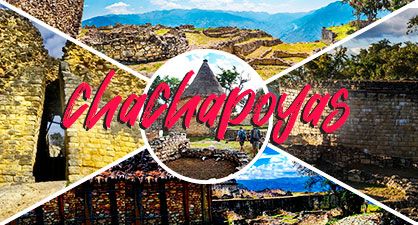
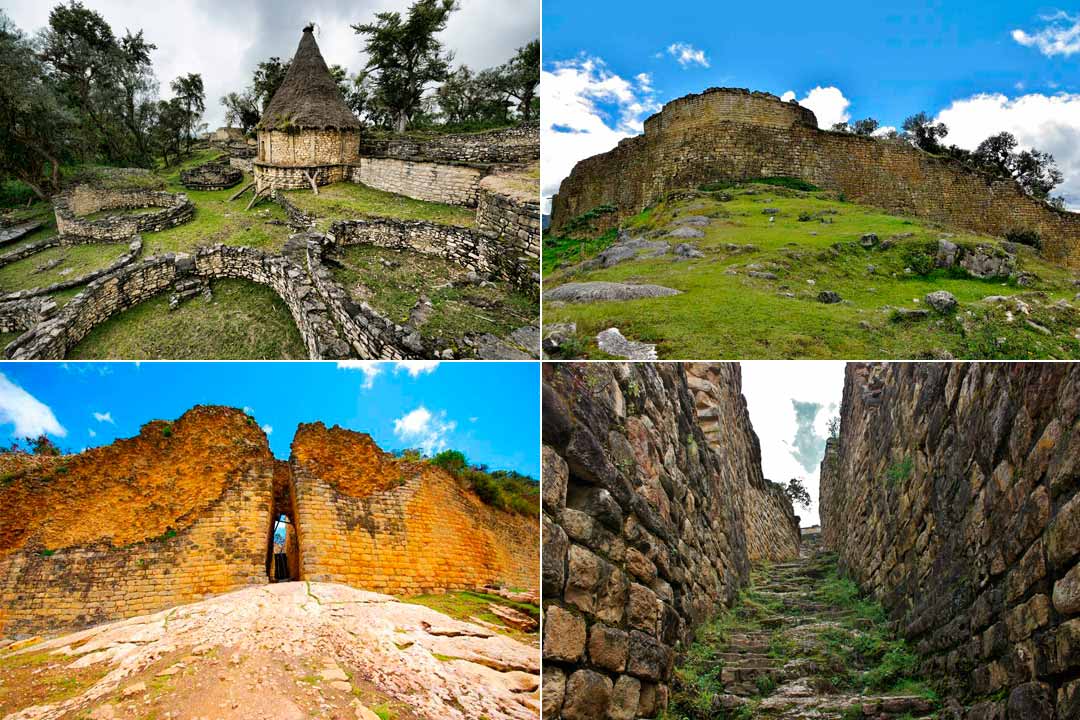
The city of Chachapoyas itself, the Plaza de Armas, offers a wonderful spectacle, surrounded by fine buildings with balconies typical of the colonial era. The name comes from the Quechua language (forest in the clouds).
Chachapoyas, the city of the Amazon region situated between the Andes and the rainforest, is a treasure trove of natural wonders, such as its famous orchids, and cultural delights, such as its viceroyalty and houses from the Republican era.
Chachapoyas is also home to the imposing Gocta waterfall and the nearby archaeological wonder that is Kuelap.
Kuelap Archaeological Site:
Travellers coming to Peru must definitely include a visit to Chachapoyas in their travel itinerary. Kuelap, which is a walled citadel that sits high in the mountains and dates back to the 6th century AD. Today it is considered one of the masterpieces built by the Chachapoyas culture in the whole region.
The settlement of Kuelap was inhabited by approximately 3000 people with a peak between the 9th and 12th centuries when most of the structures were built. The city prospered until the 16th century, but before that it had been conquered by the Incas, but then the Spanish arrived.
The site was abandoned and rediscovered by accident 3 centuries later. The archaeological site of Kuelap is one of the most beautiful archaeological sites in Peru, together with Machu Picchu, etc.
Viewpoint of Luya Urco:
To enjoy a panoramic view of the city and the surrounding nature. After that, you can also visit.
The Model City Market:
The model market of the city of Chachapoyas is only one block away from the main square. Here you will find various artefacts handmade by the city’s inhabitants, as well as fresh produce produced by small local farmers.
The Santa Isabel Nursery:
If you like flowers or greenery, you’re only a ten-minute drive from the main square to number 3 Vivero de Santa Isabel, a nursery specialising in orchids. They currently have more than 150 varieties for you to see.
The Gocta Waterfall:
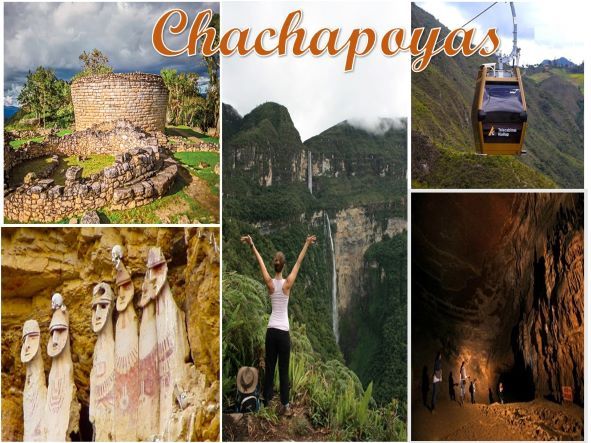
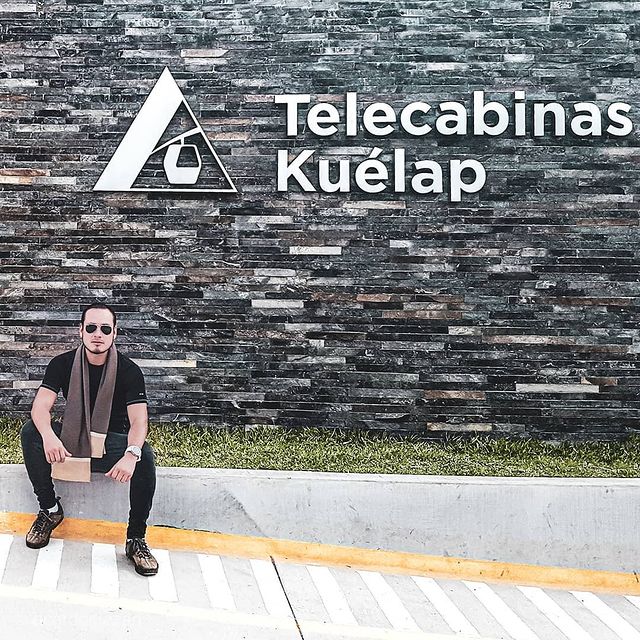
Another spectacular attraction that Chachapoyas has to offer is the Gocta Waterfall, best known for being the fifteenth highest waterfall in the world. La Chorrera, as it is known to the locals, has an altitude of 770 metres, supposedly discovered by a German explorer.
But the local people knew of its existence for centuries, the fear inspired several legends, such as a blonde mermaid who used her beauty to drown men in the depths of the falls, but it was the German explorer who published it and spread it to the modern world.
To reach the Gocta waterfalls you can walk for 2 hours or shorten your journey with a horseback riding activity. The exotic vegetation along the way, such as orchids and bromeliads, or animals that can be seen in their natural habitats, such as the emblematic cock-of-the-rock the Spatuletail Hummingbird, and many others.
The Mausoleums of Revash:
The imposing Revash Mausoleums is a burial complex consisting of multiple stone chullpas or tombs that have been built in giant limestone boulders. The tombs are made of stone and adobe and are painted with natural dyes.
Every detail is so masterfully achieved that these Chullpas seem to be carved out of the rock itself. Many archaeologists have concluded that these were specially reserved for powerful leaders.
The Sarcophagi of Karajia:
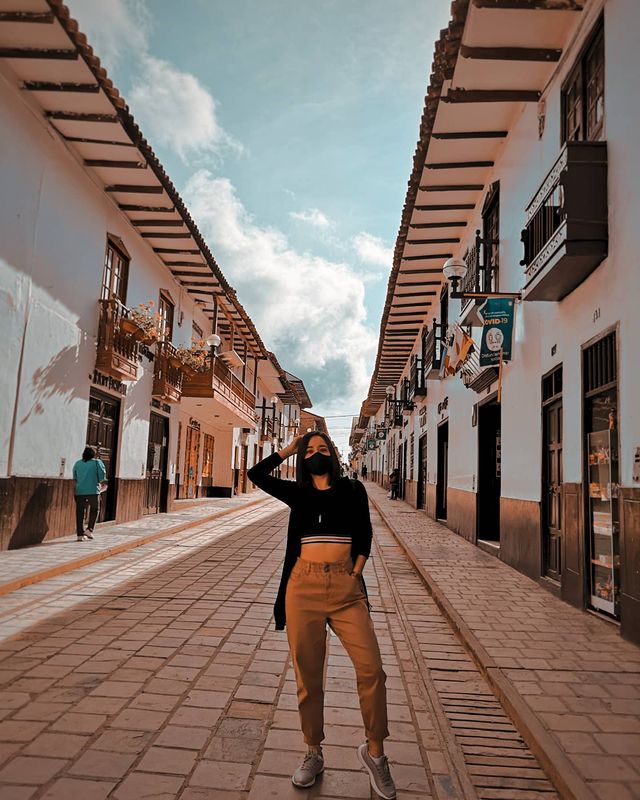
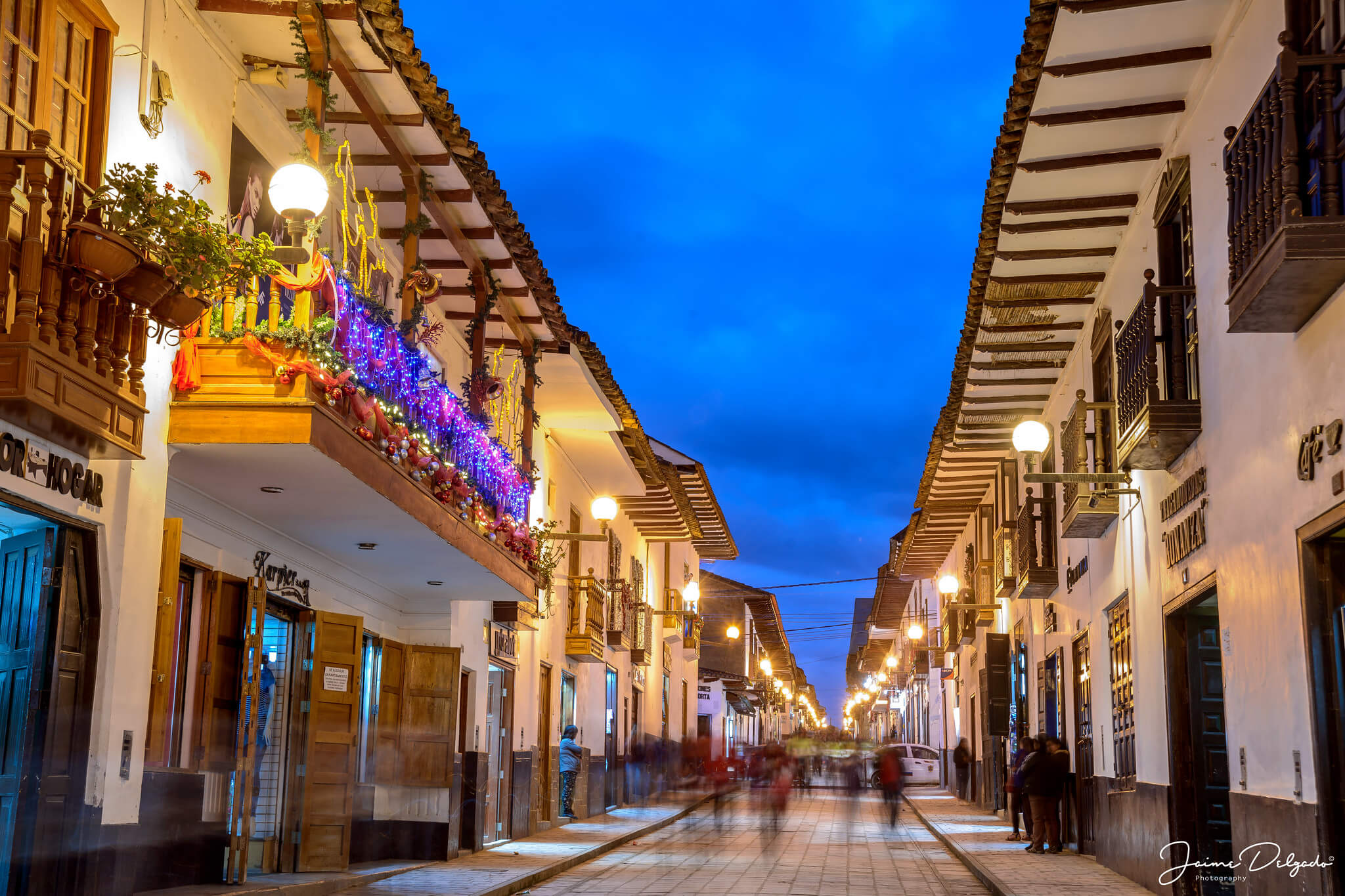

Ancient members of the Chachapoyas civilisation used more than one type of burial, and Sarcófagos de Karajía shows us an alternative burial format to that observed at Kuélap. Here, we can see a series of giant, beautifully carved sarcophagi, painted with naturally extracted dyes.
Each is about 2.5 metres high and is made of wood, straw and mud.
Their location is one of their most mysterious and curious aspects, as they were placed on high cliffs, inaccessible to most. Although it is clear that the Chachapoyas preferred to bury their dead in high places, the exact reason behind this remains an unknown secret.
However, some archaeologists believe that they wanted the dead to look after the nearby villages.
Leymebamba Museum:
For those who like to delve into historical and cultural details, the Leymebamba Museum is an excellent option to visit while in Chachapoyas. It is located about 84 kilometres from the city, in the middle of the spectacular Amazonian semi-forest, and can be easily reached by local or private transport.
Here you will find many archaeological elements that have been rescued from their original habitat.
Here you will find many archaeological elements that were rescued from their original site, where they were at risk of being stolen or damaged by careless visitors or natural deterioration. Therefore, you will see more than 200 mummies and the various offerings made to them by the local people in pre-Inca times.
It has been built using local architectural techniques and materials. You will find three different archaeological corridors with all the elements recovered from the different ancient civilizations that inhabited the area. In addition, you will find an ethnographic section, where you will find information about the diverse lifestyles and traditions of the local communities that inhabit the lands of the ancient Chachapoyas civilisation.
Lagoon of the Mummy or of the condors:
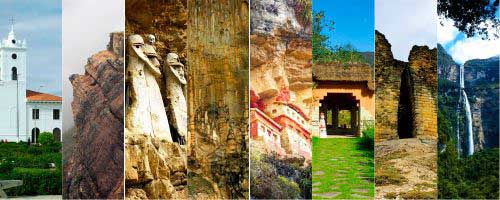
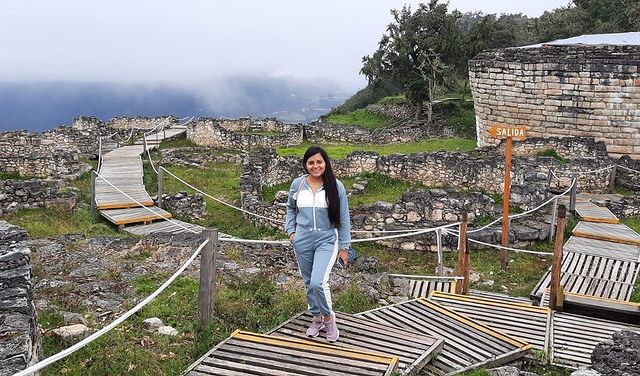
The site is called “Laguna de los Condores” because people who encountered the lagoon saw these birds flying near the lagoon and it also got the name “Laguna de las Momias” due to the findings of mummies around the area.
The Chachapoyas were an ancient civilization that was located in the northern jungle at the time of 900 B.C. This culture had been unknown to archaeologists for hundreds of years until the mummies appeared. It contains many mausoleums that occupy a natural cave of difficult access, carved into the wall of a steep rock that emerges from a lagoon.
The mausoleums of the Laguna de las Momias were still filled with funerary deposits, approximately two hundred of them. In the mausoleums were buried high-ranking personalities and. During the Inca domination of the region, officials from Cusco, the Inca capital, resided in Cochabamba.
Caverns of Quiocta:
One of the most impressive natural attractions, which is only a 35-minute drive from Lamud, are the incredible Quiocta Caverns, are limestone needles of different shapes and sizes, known as stalactites and stalagmites.
In the Quiocta caverns are a calcium carbonate cluster, where stalactites with calcareous concretions emerging from the ceilings of the caves in the shape of an inverted cone as related to stalagmites are those that emerge from the ground to form over thousands of years. by precipitation of minerals from the groundwater.
Contact Us:
For more information, please contact us DREAMY TOURS, we will be happy to answer all your questions regarding tours in all Peru and Bolivia. We are an Travel Agency specialized in tours packages, if you need some information, please write to us.
We offer tours in these cities in Peru:










